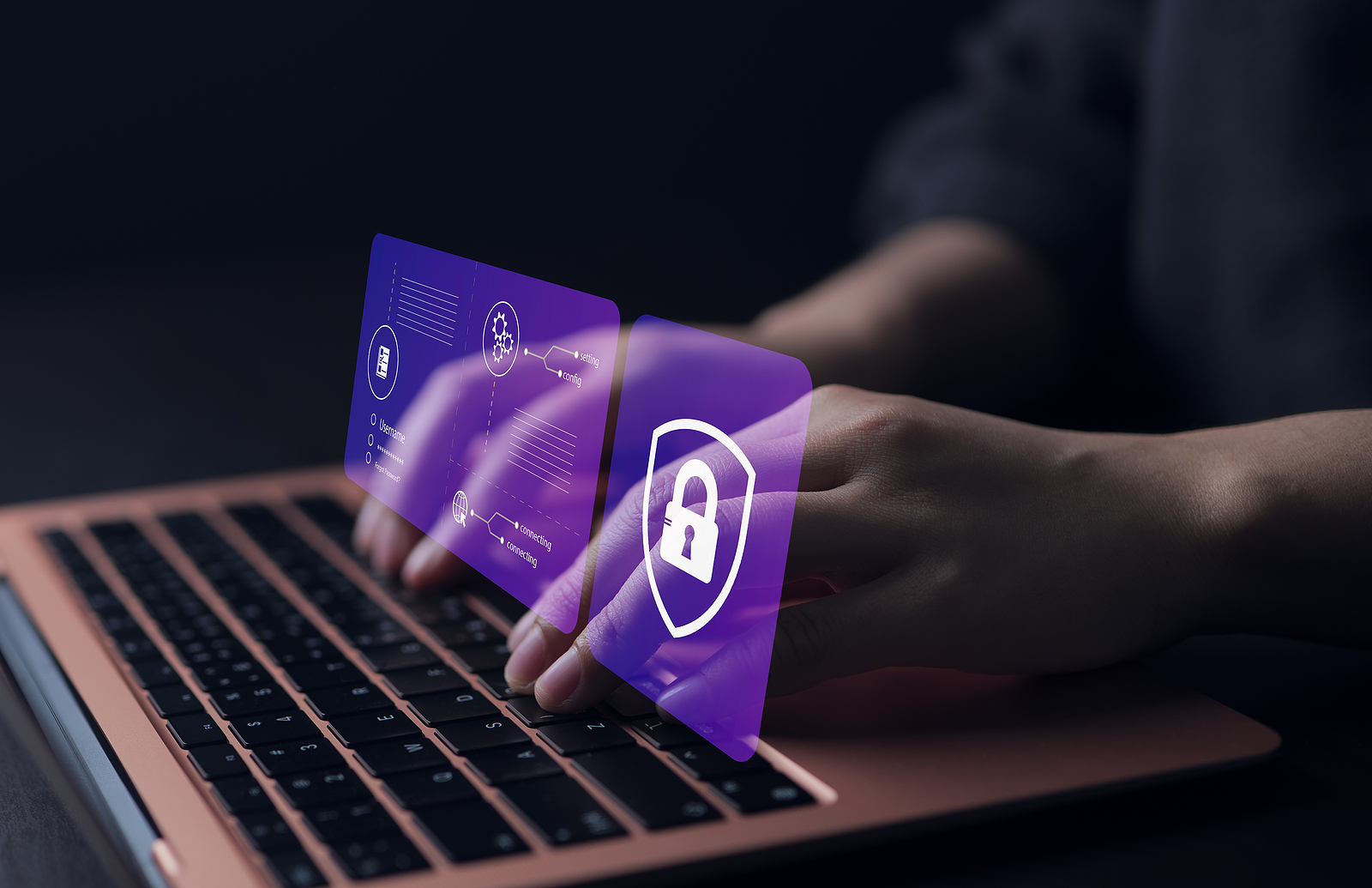In today’s digital age, cybersecurity has become a paramount concern for executives navigating the complexities of their corporate ecosystems. With resources often limited and the ever-present threat of cyberattacks, establishing clear priorities is essential to safeguarding company assets.
Building the right team of security experts is a critical step in this process, ensuring that the organization is well-equipped to fend off potential threats. Equally important is securing buy-in from all stakeholders, as a unified approach to cybersecurity fosters a robust defense mechanism across all levels of the company.Digit
This insider’s look at cybersecurity will delve into the strategic imperatives for companies aiming to protect their digital frontiers effectively.
Where Do You Start on Cybersecurity?
Resources are limited, and pressures on corporate security teams are growing, both from internal stakeholders and outside threats. But resources to do the job aren’t. So how can companies protect themselves in real world environment, where finances, employee time, and other resources are finite?
“You really have to understand what your company is in the business of doing,” Wilson said. “Every business will have different needs. Their risk tolerances will be different.”
“You really have to understand what your company is in the business of doing. Every business will have different needs. Their risk tolerances will be different.”
BRIAN WILSON, CHIEF INFORMATION SECURITY OFFICER, SAS
For example, Tuttle said in the manufacturing sector, digital assets and data have become increasingly important in recent years. The physical product no longer is the end-all, be-all of the company’s success.
For cybersecurity professionals, this new reality leads to challenges and tough choices. Having a perfect cybersecurity system isn’t possible—not for a company doing business in a modern, digital world. Tuttle said, “If we’re going to enable this business to grow, we’re going to have to be forward-thinking.”
That means setting priorities for cybersecurity. Inskeep, who previously worked in cybersecurity for one of the world’s largest financial services institutions, said multi-factor authentication and controlling access is a good starting point, particularly against phishing and ransomware attacks. Also, he said companies need good back-up systems that enable them to recover lost data as well as robust incident response plans.
“Bad things are going to happen,” Wilson said. “You need to have logs and SIEMs to tell a story.”
Tuttle said one challenge in implementing an incident response plan is engaging team members who aren’t on the front lines of cybersecurity. “They need to know how to escalate quickly, because they are likely to be the first ones to see something that isn’t right,” she said. “They need to be thinking, ‘What should I be looking for and what’s my response?’”
“They need to know how to escalate quickly, because they are likely to be the first ones to see something that isn’t right. They need to be thinking, ‘What should I be looking for and what’s my response?’”
LISA TUTTLE, CHIEF INFORMATION SECURITY OFFICER, SPX TECHNOLOGIES
Wilson said tabletop exercises and security awareness training “are a good feedback loop to have to make sure you’re including the right people. They have to know what to do when something bad happens.”
Building a Security Team
Hiring and maintaining good people in a harrowing field can be a challenge. Companies should leverage their external and internal networks to find data privacy and cybersecurity team members.
Wilson said SAS uses an intern program to help ensure they have trained professionals already in-house. He also said a company’s Help Desk can be a good source of talent.
Remote work also allows companies to cast a wider net for hiring employees. The challenge becomes keeping remote workers engaged, and companies should consider how they can make these far-flung team members feel part of the team.
Inskeep said burnout is a problem in the cybersecurity field. “It’s a job that can feel overwhelming sometimes,” he said. “Interacting with people and protecting them from that burnout has become more critical than ever.”
“It’s a job that can feel overwhelming sometimes. Interacting with people and protecting them from that burnout has become more critical than ever.”
TODD INSKEEP, FOUNDER AND CYBERSECURITY ADVISOR, INCOVATE SOLUTIONS
Weighing Levels of Compliance
The first step, Claypoole said, is understanding the compliance obligations the company faces. These obligations include both regulatory requirements (which are tightening) as well as contract terms from customers.
“For a business, that can be scary, because your business may be agreeing to contract terms with customers and they aren’t asking you about the security requirements in those contracts,” Wilson said.
The panel also noted that “compliance” and “security” aren’t the same thing. Compliance is a minimum set of standards that must be met, while security is a more wide-reaching goal.
But company leaders must realize they can’t have a perfect cybersecurity system, even if they could afford it. It’s important to identify priorities—including which operations are the most important to the company and which would be most disruptive if they went offline.
Wilson noted that global privacy regulations are increasing and becoming stricter every year. In addition, federal officials have taken criminal action against CSOs in recent years.
“Everybody’s radar is kind of up,” Tuttle said. The increasingly compliance pressure also means it’s important for cybersecurity teams to work collaboratively with other departments, rather than making key decisions in a vacuum. Inskeep said such decisions need to be carefully documented as well.
“If you get to a place where you are being investigated, you need your own lawyer,” Claypoole said.
“If you get to a place where you are being investigated, you need your own lawyer.”
TED CLAYPOOLE, PARTNER, WOMBLE BOND DICKINSON
Cyberinsurance is another consideration for data privacy teams, but it can help Chief Security Officers make the case for more resources (both financial and work hours). Inskeep said cyberinsurance questions also can help companies identify areas of risks and where they need to prioritize their efforts. Such priorities can change, and he said companies need to have a committee or some other mechanism to regularly review and update cybersecurity priorities.
Wilson said one positive change he’s seen is that top executives now understand the importance of cybersecurity and are more willing to include cybersecurity team members in the up-front decision-making process.
Bringing in Outside Expertise
Consultants and vendors can be helpful to a cybersecurity team, particularly for smaller teams. Companies can move certain functions to third-party consultants, allowing their own teams to focus on core priorities.
“If we don’t have that internal expertise, that’s a situation where we’d call in third-party resources,” Wilson said.
Bringing in outside professionals also can help a company keep up with new trends and new technologies.
Ultimately, a proactive and well-coordinated cybersecurity strategy is indispensable for safeguarding the digital landscape of modern enterprises. With an ever-evolving threat landscape, companies must be agile in their approach and continuously review and update their security measures. At the core of any effective cybersecurity plan is a comprehensive risk management framework that identifies potential vulnerabilities and outlines steps to mitigate their impact. This framework should also include incident response protocols to minimize the damage in case of a cyberattack.
In addition to technology and processes, the human element is crucial in cybersecurity. Employees must be educated on how to spot potential threats, such as phishing emails or suspicious links, and know what steps to take if they encounter them.
Key Takeaways:
What are the biggest risk areas and how do you minimize those risks?
Know your external cyber footprint. This is what attackers see and will target.
Align with your team, your peers, and your executive staff.
Prioritize implementing multi-factor authentication and controlling access to protect against common threats like phishing and ransomware.
Develop reliable backup systems and robust incident response plans to recover lost data and respond quickly to cyber incidents.
Engage team members who are not on the front lines of cybersecurity to ensure quick identification and escalation of potential threats.
Conduct tabletop exercises and security awareness training regularly.
Leverage intern programs and help desk personnel to build a strong cybersecurity team internally.
Explore remote work options to widen the talent pool for hiring cybersecurity professionals, while keeping remote workers engaged and integrated.
Balance regulatory compliance with overall security goals, understanding that compliance is just a minimum standard.
Copyright © 2024 Womble Bond Dickinson (US) LLP All Rights Reserved.
by: Theodore F. Claypoole of Womble Bond Dickinson (US) LLP
For more on Cybersecurity, visit the Communications Media Internet section.
Like this:
Like Loading...










